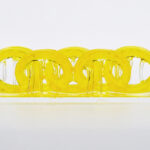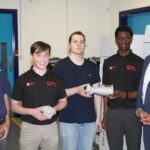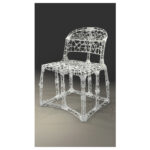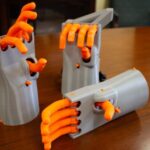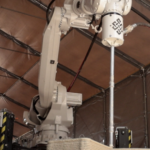Hunt Valve, a Fairbanks Morse Defense (FMD) subsidiary, has secured a contract from the Maritime Sustainment Technology and Innovation Consortium (MSTIC) to manufacture a pioneering 3D printed valve assembly for U.S. Navy submarines.
Utilizing additive manufacturing, the 70-pound valve assembly, a first for U.S. submarines, promises superior quality and a reduced production timeline compared to traditional sand-casting methods.
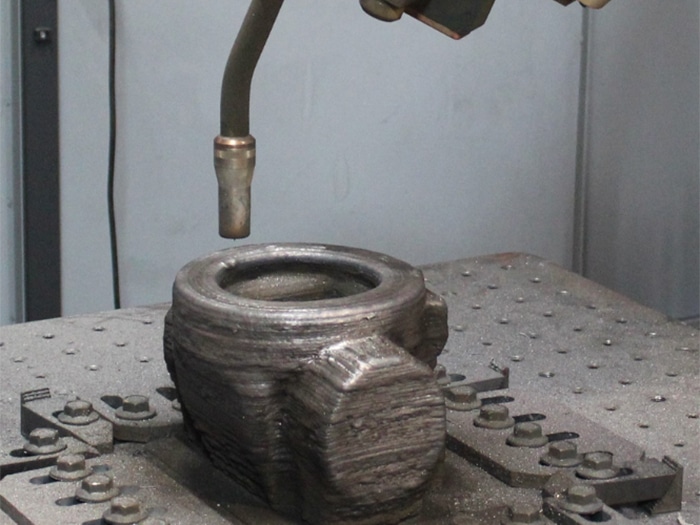
Partnering with Lincoln Electric, Hunt Valve employs additive manufacturing to craft the valve bodies, a departure from conventional subtractive methods. By stacking layers of copper-nickel, they achieve heightened efficiency and accuracy, eliminating the challenges posed by porous sand-casted components.
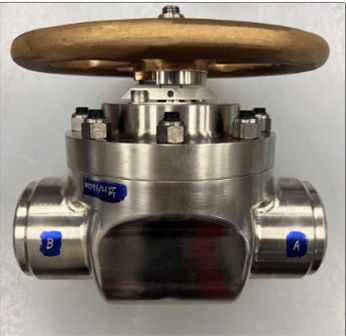
Historically, additive manufacturing for submarine parts has been limited to smaller components, with applications for complex alloys like copper-nickel remaining rare. The adoption of 3D printing for valve assembly production promises to accelerate Navy fleet component manufacturing by up to 75%, enhancing production efficiency and bolstering domestic supply chain resilience.
“The utilization of additive manufacturing assembly with copper-nickel for large valve production is a real step forward for our industry,” said Andrew Pfister, vice president, aftermarket and product development at Fairbanks Morse Defense.
“Not only does it create a superior product in terms of quality, but the process can significantly reduce lead-in times.
Embracing innovative technologies like additive manufacturing not only expedites production but also strengthens national security by reducing reliance on overseas suppliers.
Come and let us know your thoughts on our Facebook, X, and LinkedIn pages, and don’t forget to sign up for our weekly additive manufacturing newsletter to get all the latest stories delivered right to your inbox.




